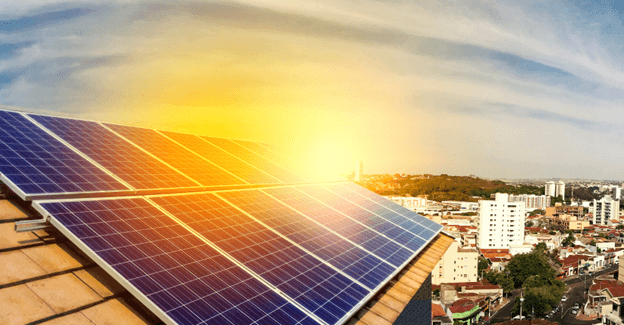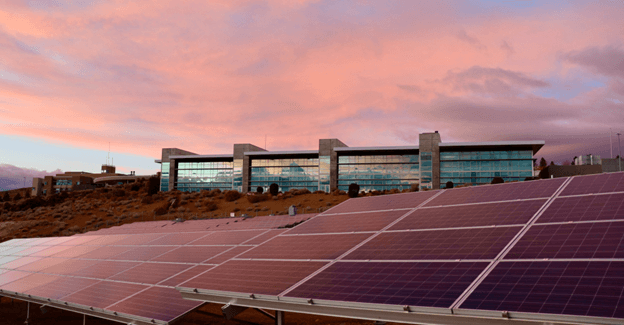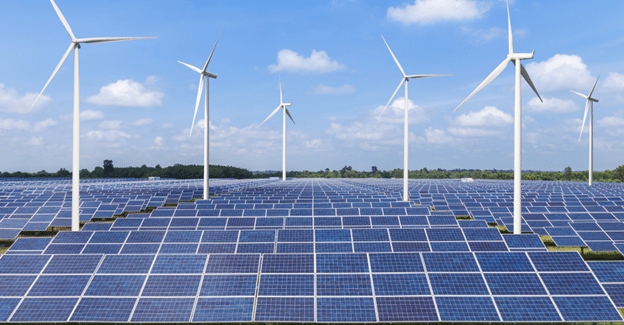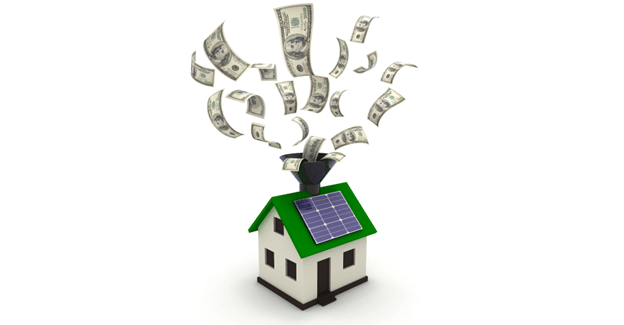Have you ever wondered about the power of sunlight beyond just brightening our days? Well, it turns out that solar energy is not just for powering homes or gadgets. This is changing the game for industries, right down to their foundations. The ways solar has impacted industrial processes are both vast and varied, bringing to light a new era of efficiency and environmental responsibility. Cutting down on running costs and making a big dent in their carbon footprint, there’s no denying the impact this green energy giant is having on factories and plants all over the globe.
The Solar Revolution in Industrial Processes
The solar energy movement is taking the industrial world by storm, and it’s not hard to see why. As companies strive to be more sustainable and efficient, solar power is emerging as the go-to solution. It’s a win-win situation. By harnessing the sun’s energy, industries can reduce their carbon footprint and save money on energy costs. Plus, with advancements in solar technology, it’s becoming easier than ever to integrate solar power into industrial processes.
Understanding Solar Technologies
When it comes to solar power, there are two main technologies to know about photovoltaic (PV) systems and solar thermal energy. PV systems use solar panels to convert sunlight directly into electricity. They’re the most common type of solar technology, and you’ve probably seen them on rooftops or in solar farms. Solar thermal energy, on the other hand, uses the sun’s heat to generate electricity or provide heat for industrial processes. This technology is particularly useful for industries that require high temperatures, such as chemical production or food processing.
The good news is that both PV systems and solar thermal energy are becoming more widely adopted in the industrial sector. Studies show that the adoption rates of solar energy in the industrial sector are on the rise, and the solar industry as a whole is experiencing significant capacity growth. For more detailed insights into how these technologies are evolving, consider exploring The Solar Upgrade, a resource dedicated to the latest advancements and improvements in solar technology.
Environmental Impacts and Sustainability
One of the biggest advantages of integrating solar power into industrial processes is the positive impact it has on the environment. By reducing reliance on fossil fuels and other non-renewable energy sources, industries can significantly reduce their carbon footprint and contribute to a more sustainable future.
Reducing Carbon Footprints
Let’s face it, traditional industrial processes can be a major source of greenhouse gas emissions. But by switching to solar energy, industries can drastically reduce their carbon footprint. According to the Environmental Protection Agency, the industrial sector accounts for nearly a quarter of all greenhouse gas emissions in the United States. That’s a lot of emissions that could be avoided by adopting solar power. But the benefits don’t stop there. Solar power can also help industries conserve resources and reduce waste. When companies make their electricity right where they are, they depend less on the big power grid and cut down on the energy that gets lost when it travels long distances. Also, tapping into solar energy gives us a powerhouse of clean and endless power without tossing any nasty stuff into the air. That means cleaner air and water for everyone.
Economic Advantages of Solar Energy
While the environmental benefits of solar power are certainly impressive, let’s not forget about the economic advantages. Switching to solar energy can save industries a significant amount of money in the long run. Kicking off with solar panels, industrial spots can watch their energy costs drop. When companies start making their electricity, they cut down on how much they need from the power grid and dodge those high fees that come when everyone’s using a lot of energy. But that’s not all. Thanks to helpful government perks and the dropping prices of solar gear, using solar energy in factories is becoming a real no-brainer these days. Many states offer tax credits and rebates for companies that install solar systems, which can significantly reduce upfront costs. According to a report by the Solar Energy Industries Association, the cost of solar has dropped by more than 70% over the past decade, making it more affordable than ever for industries to make the switch. Switching industrial processes over to solar energy isn’t a walk in the park, that’s for sure. But with the right strategies and technologies, these hurdles can be overcome. One of the biggest challenges is finding enough space for solar panels. Industrial facilities often have limited roof space or land available for solar installations. However, advances in solar technology are making it possible to install solar panels in more creative ways, such as on carports or even on floating platforms. Keeping the lights on is another hurdle, especially in places where the weather likes to keep you guessing. However, with the development of advanced energy storage technologies, industries can store excess solar energy for use during periods of low sunlight or high demand. Despite these challenges, the benefits of solar power for industrial processes are clear. By reducing carbon emissions, conserving resources, and saving money on energy costs, solar energy is a smart investment for any industry looking to improve its sustainability and bottom line.
Case Studies of Successful Solar Implementation
Let’s take a look at some real-world examples of companies that have successfully integrated solar power into their operations. These case studies showcase the incredible potential of solar energy in transforming industrial processes.
Creating Sustainable Manufacturing Processes
Companies are leveraging solar energy to create more sustainable manufacturing environments. Take the example of General Motors, which has installed solar panels at several of its facilities worldwide. In doing this, they’ve managed to cut down on their need for fossil fuels and have successfully lowered their carbon footprint.
Another great example is Apple, which has achieved 100% renewable energy for all its global facilities. They’ve installed solar panels on the roofs of their data centers and manufacturing plants, significantly reducing their environmental impact.
These companies prove that integrating solar power into manufacturing processes is not only possible but also highly beneficial for both the environment and the bottom line.
Future Trends in Industrial Solar Energy Use
As solar technology continues to advance, we can expect to see even more exciting developments in the industrial sector. Now, let’s dive into the exciting shifts and innovations steering solar energy’s role in the industry forward.
The Role of Government Policies
Government policies and incentives are playing a crucial role in encouraging the industrial sector to adopt solar energy. For example, the Solar Investment Tax Credit (ITC) in the United States provides a 26% tax credit for solar systems installed on residential and commercial properties.
Similarly, countries like China and India are investing heavily in solar energy and offering incentives to companies that adopt renewable energy sources. These policies are driving the growth of the solar industry and making it more accessible for companies of all sizes.
The Strategic Investment in Solar Power
Investing in solar power is not just an operational upgrade – it’s a strategic investment towards sustainability. Companies that adopt solar energy are positioning themselves as leaders in the fight against climate change and demonstrating their commitment to a greener future.
Cost Savings Over Time
While the initial investment in solar power may seem daunting, the long-term financial benefits are significant. When businesses start producing their electricity, they can cut down on how much power they pull from the grid and end up paying less for energy every month.
According to a report by Lazard, the cost of solar energy has dropped by 90% since 2009, making it one of the most cost-effective energy sources available. Actually, in lots of places around the globe, tapping into solar energy has become a more budget-friendly option than sticking with fossil fuels.
Navigating the Transition to Solar Energy
Jumping into solar energy might seem like a big leap, but with someone showing you the ropes and offering a helping hand, it’s an adventure any business can dive into. The first step is to assess your energy needs and determine how much solar power you’ll need to generate to meet those needs.
Now, it’s time to pick the solar technology that fits your needs perfectly. Whether it’s solar thermal, solar PV, or a combination of both, there are options available to suit every need and budget.
Finally, it’s important to work with experienced solar providers who can guide you through the process and help you navigate any challenges that may arise. With the right partner by your side, transitioning to solar energy can be a smooth and rewarding experience.
Conclusion
In an age where sustainability isn’t just nice but necessary, embracing solar energy in industrial sectors shows promise like never before. We’ve seen firsthand how traditional operations transform with its touch – improving efficiencies while honoring our planet. Remember those fears Hollywood instilled about technology taking over? In reality, tools like AI serve as unsung heroes behind these advancements in clean energy use within industries.
The narrative around ‘ways solar has impacted industrial processes’ challenges us to rethink what innovation looks like – less about robots causing chaos and more about smart solutions paving paths toward greener futures.






